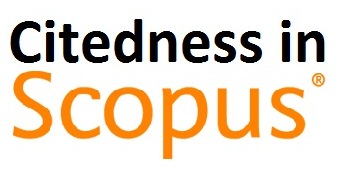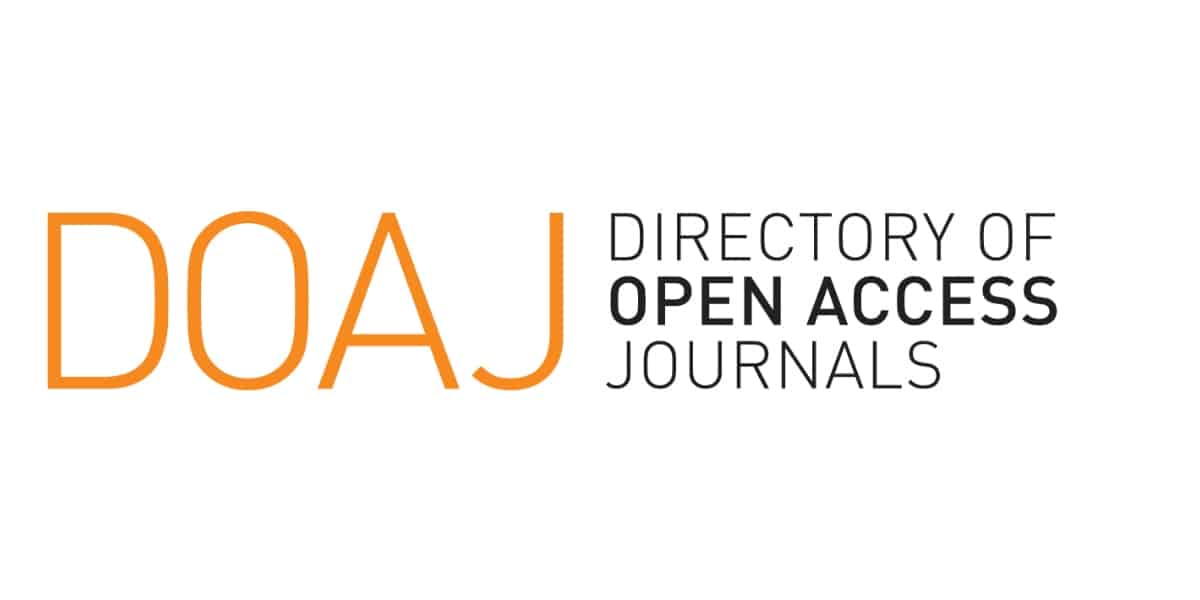AKTIVITAS ANTIBAKTERI SENYAWA FENOLIK EKSTRAK ROSELA (Hisbiscus sabdariffa) YANG DIHASILKAN DARI BEBERAPA VARIASI METODE DAN LAMA PENGERINGAN
Abstract
Wet roselle is a highly perishable material subject to uncontrolled microbial spoilage because it contains 80-90% of water. Therefore, dehydration process is the important step to extend shelflife of raw material and keeping its native properties before utilization for different purposes. The objective of this study was to determine the method and duration of roselle drying which yields extracts with high phenolic compounds and antibacterial activity. The research has been conducted in three different methods, i.e.cabinet dryer, a direct exposure on sun light as weel as by using a glasshouse effect panel with duration of driying: 1,3,5,and 7 hours. The observed parameters werewater content, pH, amount of phenolic compounds, and antibacterial activity. The data obtained were analyzed using analysis of variance (ANOVA) with further test DMRT (Duncan Multiple Range Test) and linier regression. The best method from these study was cabinet dryer with drying duration of 7 hours which have water content of 7.5%, total phenolic compounds of 22.43 mg/100 g, pH 1, and antibacterial activities against Eschericiacoli and Staphylococcus aureus were 8.74 mm and 7.06 mm, respcetively. Drying rate equation for this methode was Y= -22.93x +122.8.
Keywords: phenolics compound, drying, roselle, antibacterial activity

_page-00013.jpg)







_(1).png)

